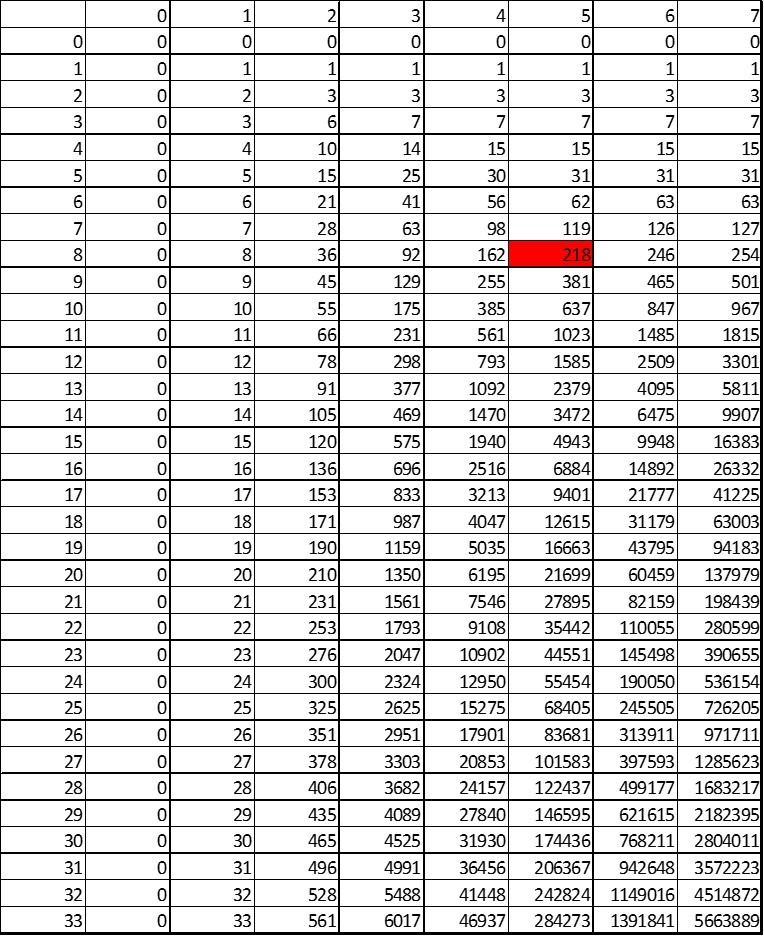Poulescal's Triangle
This question is the generalisation of the optimal solution for this problem .
To rereiterate: you live on a 100 floor building, and want to find the lowest floor at which a dropped egg will break, using two eggs and as few drops as possible, assuming that broken eggs depend only on height.
There is actually a strategy to solve with two eggs with only 14 tries. But what if we had more eggs and/or more floors? What is the minimum number of tries that guaranties finding the right floor if we live in a 200-floor and if we have 5 eggs?
The answer is 8.
This section requires Javascript.
You are seeing this because something didn't load right. We suggest you, (a) try
refreshing the page, (b) enabling javascript if it is disabled on your browser and,
finally, (c)
loading the
non-javascript version of this page
. We're sorry about the hassle.
